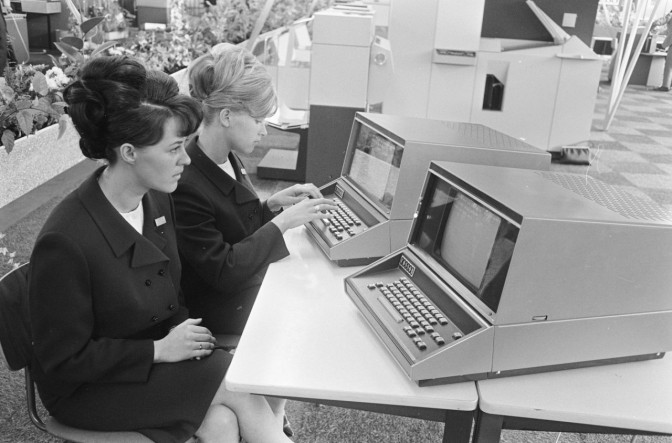About twenty years ago, I gave a lecture about internet genealogy. Internet was in its infancy. I could answer the question “Do you think archives will ever put everything online?” with a negative. The hundreds of miles of archives would be too extensive to digitize. I also figured that repositories would be hesitant to give up their monopoly on records access.
Thankfully, I was wrong.
That is not to say that everything is available online, far from it. But we have made great strides and a large number of genealogical sources are available online: often as index, but increasingly as scans.
In the coming years, an ambitious project of the joint archives in the Netherlands will increase the number of sources that are available online. The “Digitale Taken Rijksarchiefdienst” [Digital Tasks National Archives Services] project aims to digitize ten percent of the national collection within the next ten years. This will make the most consulted records available in digital form, which means a large part of the research in these records can be done online.
There is also a large change regarding the monopoly on records access. Twenty years ago, repositories were aimed at gaining and supporting visitors in the reading rooms. Today, the focus is on promoting the use of the records, regardless of the channel that is used.
A nice example of this change is the increasing number of archives that make their records available as “Open Data.” The idea behind Open Data is that data are made available so that everybody can reuse them for their own purposes. Genealogical records of several archives have been made available as open data on the website Open Cultuurdata. Some are indexed records, like databases of civil registration records, or the images of the records.
This information is not always in a format that can be easily used. Sometimes, there is only an interface for programmers, who can build innovative applications around them. But often they are presented as images or data files that you can download yourself. You may have noticed how I often use photos of the Nationaal Archief and Rijksdienst voor het Cultureel Erfgoed to illustrate the articles on this blog. Both institutions made parts of their photo collections available under a Creative Commons license that allows re-use.
I look forward to see which innovations this massive digitization effort and availability as open data will bring. The “instant family tree at the press of a button,” which is a dream for some and a nightmare to others, may be closer than we think. But don’t trust my predictions. I’ve been wrong before.

Computer demonstration, 1966. Credits: Eric Koch, collection Nationaal Archief (CC-BY-SA)


Hi,
Do you know where I can find more info on the “Digitale Taken Rijksarchiefdienst” ten year project?
Fred
The Nationaal Archief website has a project description and quicksheet (in Dutch).
Dear Yvette, your segment the Family Crest or Familiewapen has my interest and I have a few questions! I have done a lot of research on my family tree with particular focus on my fathers tree. I have traced it back to the mid 1400’s and there are a number of name changes. A family crest appeared along with several other family crests on the maternal side. My question is, if one must side step from the paternal side of the tree (because of a brick wall) to the maternal side for three generations then side step back to the paternal side to the end of the recorded ancestral line, does that lateral step from father to mother break the pedigree line?
The crest belongs to Huninga van Oostwold and seems to have been used from 1400 until 1605. there are also two other crests that appear on the maternal side and appear to have been used from 1470 to 1682, then disappear from use. My question is, can I use them or a combination of them to create my own Family crest?
Hi Paul, I’m Fekkes I would like to know if you have found information of the Fekke’s family from Groningen. .Regards Kees